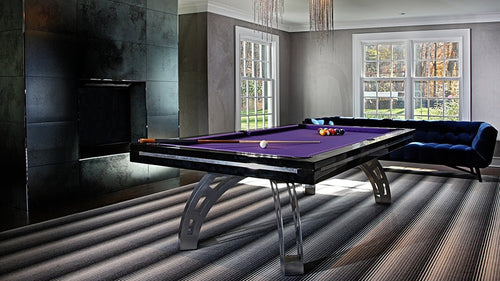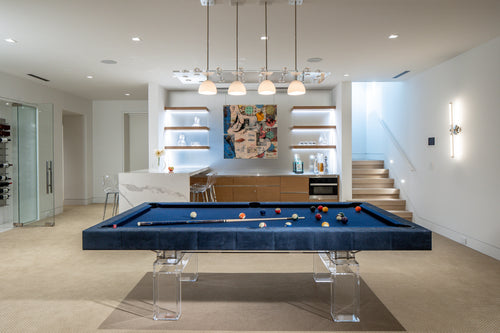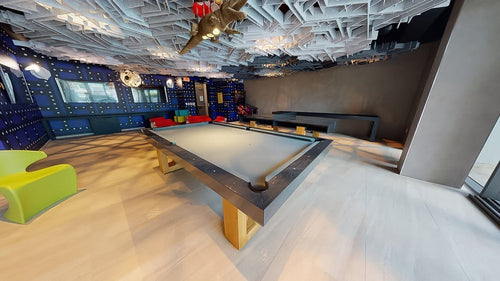Enjoy our modern designs
Estimated Read Time: 5 mins |
A room’s aesthetic charm can fall flat if the acoustics aren’t up to par. Whether it’s an open-plan office riddled with echoing chatter or a lounge where hushed conversation vanishes among harsh reflections, sound can make or break user comfort. Recognized as a core interior environmental system, acoustics goes beyond managing noise levels—it shapes how people perceive and interact with a space.
Why Acoustics Matter in Interior Design
- User Experience: Pleasant acoustics help occupants focus, collaborate, or relax in diverse settings.
- Speech Privacy & Clarity: Adequate sound isolation ensures discussions remain private or clearly audible.
- Aesthetic & Emotional Impact: Well-managed acoustics accentuate a room’s overall atmosphere, while poor sound control can undermine design.
Key Principles of Acoustics
- Sound Transmission: Noise can travel through air (airborne) or through building elements (structure-borne).
- Sound Absorption: Materials like acoustic panels and soft flooring reduce echoes and reverberation.
- Sound Reflection: Hard surfaces reflect sound; concave surfaces may focus it, while convex ones diffuse it.
- Masking: Background noise can mask other sounds, enhancing speech privacy.
Interplay Between Acoustics and Interior Elements
- Wall Assemblies: Mass, air gaps, and insulation work together to block or dampen sound transmission (often rated by STC).
- Ceilings: Acoustical ceiling tiles help absorb sound and limit reflections.
- Floors: Carpet absorbs sound, while hard flooring can reflect it—requiring a balance between aesthetics and function.
- Furnishings: Chairs, sofas, and textiles influence sound behavior by adding absorptive qualities.
Quiet Zones, Noisy Zones, and Spatial Planning
- Zoning: Group noisy activities away from quiet areas to minimize conflict.
- Buffer Spaces: Use corridors, storage rooms, or partitions to block sound travel.
- Early Integration: Coordinate circulation, HVAC, and furniture placement with acoustic objectives to avoid costly adjustments later.
Practical Strategies for Acoustic Control
- Noise Reduction: Better insulation, resilient mounting, and careful material selection help reduce unwanted sound.
- Sound Isolation: Minimizing noise transfer through thicker walls, flexible seals, and sealed doorways.
- Reverberation Management: Adjust reverb times with surfaces like acoustic panels or draperies.
- Speech Privacy: Combine soft finishes, strategic furniture placement, and background noise solutions to maintain confidentiality.
Collaboration with Acoustical Specialists
In specialized settings like concert halls, recording studios, or large open-plan offices, acoustical consultants can provide expert guidance. Designers with a grasp of fundamental acoustic principles are better positioned to align sound design with both aesthetic and functional goals.
Enhancing the Sound Experience
Acoustics stands alongside lighting, HVAC, and finishing materials as a critical interior environmental system. When done right, it supports comfort, productivity, and overall well-being—making the difference between a space that simply looks impressive and one that truly feels right. By integrating acoustic principles at every design stage, interior designers ensure that a space not only looks but also sounds exactly as intended.


















